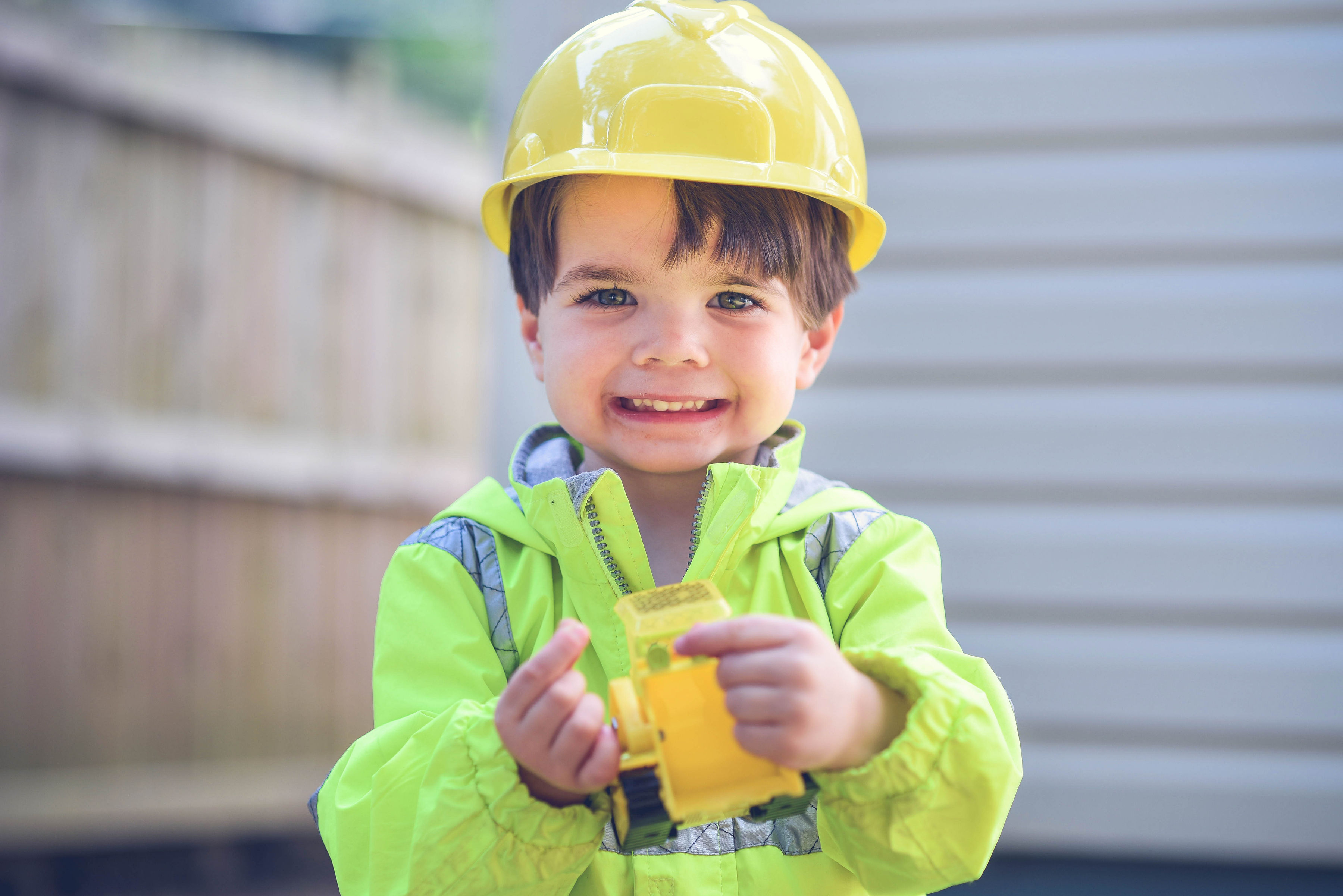The sequence of playing skills and interests in young children usually follows a typical pattern and is directly linked to underlying brain development and maturity.
Tell Me More
Though the age in which children will engage in these activities varies slightly, the major areas of playing and their commonly observed sequence is:
- Constructive: building towers with blocks or Lego, puzzles, train sets, emptying and
filling objects. - Grouping and sorting: organizing and classifying objects based on various characteristics.
- Functional: using objects for their purpose in a play setting (ie. pretending to eat from a spoon, telephone play).
- Representative: representing an activity with a doll or object (ie. feeding a doll).
- Sequential: playing out a common daily sequence (ie. mealtime or bathtime).
- Symbolic: using objects to create an entire pretend scene (fort, tent, dollhouse).
So What?
Though children with older siblings may adopt certain play behaviors earlier than first-borns, this sequence should help you to consider if your toy box is age and stage appropriate. Most children will be able to indicate what they are interested in. By observing their behavior closely, and by watching their reactions after seeing a new activity, you will be keenly aware of when they are ready for a new challenge.
Offering stage-appropriate toys and activities requires your consideration and time but can be accomplished with simple household items. without the need to purchase expensive new toys.
A note about the author:
Dr. Randa Grob-Zakhary, MD Ph.D. is the Founder of The Babyboost Institute for Early Learning and Development. Want more tips? Purchase Babyboost: 50 Critical Facts on Amazon.


